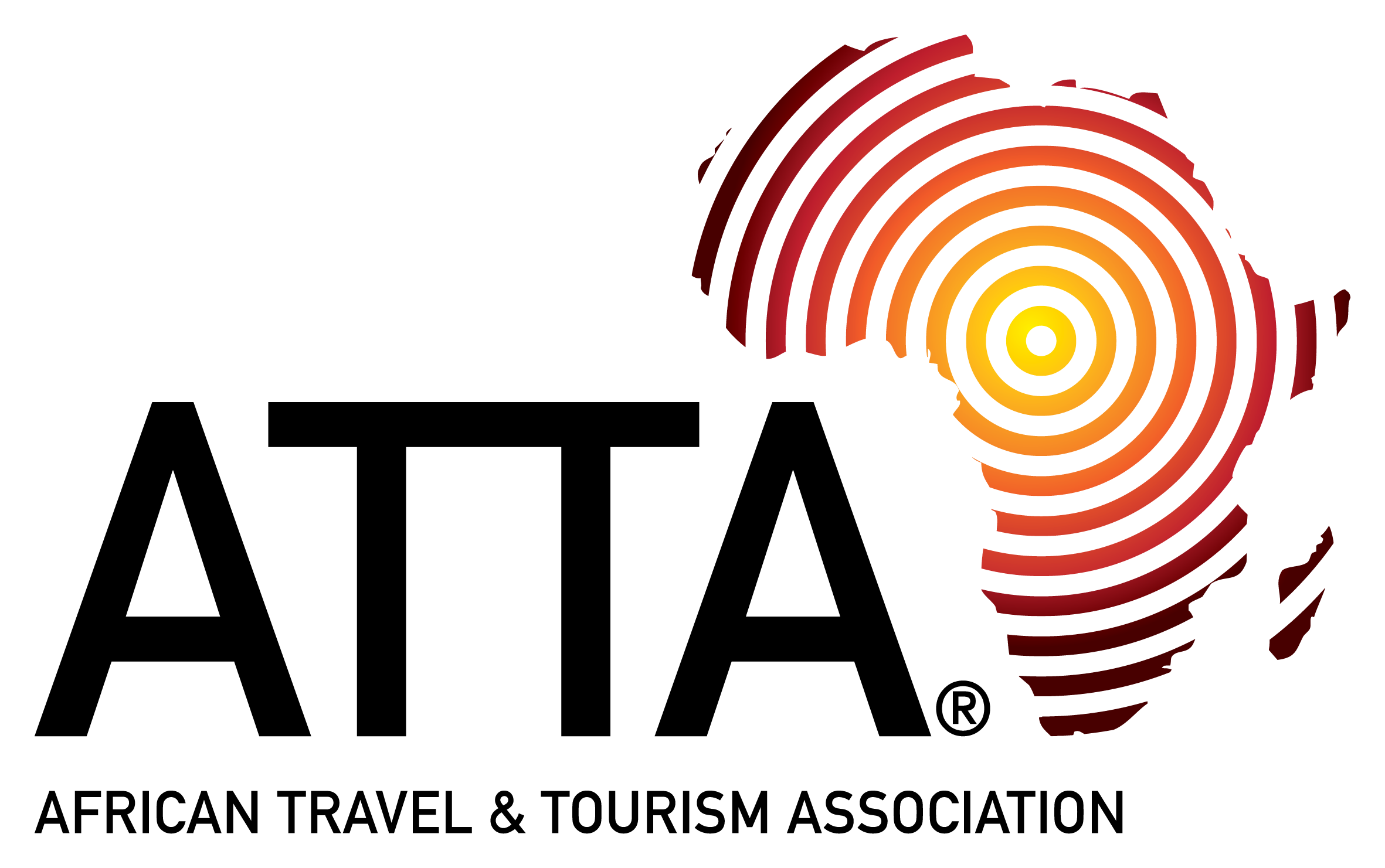Mozambique’s largest wildlife reserve, Niassa, is situated in the far north of the country, close to the border with Tanzania. Over 40,000 square kilometres in size, it’s a vast wilderness, comparable to the great safari parks of Kenya and Northern Tanzania, though with a very different terrain.
Much of Niassa Reserve consists of miombo woodland, setting it apart from the savannah plains one associates with East Africa. It forms part of the same eco-system as the Selous in Tanzania, and the wildlife migrates freely between the two. An estimated 10,000 elephant live in Niassa, alongside healthy populations of buffalo, various antelope, lion, leopard, hippo and even wild dog. The game is widely dispersed throughout the park – you won’t encounter the great herds seen on the Serengeti plains – and you have to work harder to spot it in the heavily wooded landscapes, but Niassa can be very rewarding if approached in the right away.
Like much of Mozambique, Niassa suffered greatly during the Civil War. Poaching was rife, and the elephant population in particular was decimated. The last 20 years, however, have seen a marked recovery in the wildlife, though much of the game remains shy and unused to vehicles. Despite this recovery, Niassa continues to attract only a very small number of visitors. Of course, this is most welcome news if you’re wanting a safari away from the crowds – Niassa can often feel deserted!
In and around Niassa Reserve, Mozambique
The wildlife at Niassa is diverse and game drives often throw up exciting encounters. That said, don’t travel to Niassa expecting a big game safari to rival the Serengeti or the Kruger – you won’t spend your time here in hot pursuit of the “Big Five”. The wildlife tends to be widely dispersed throughout the reserve, and the wooded terrain doesn’t always make game-viewing easy.
Game viewing within the main Niassa Reserve is by 4x4. Private concessions within Niassa include the Moja Safari Wilderness, where fly-camping expeditions and walking safaris are possible.



